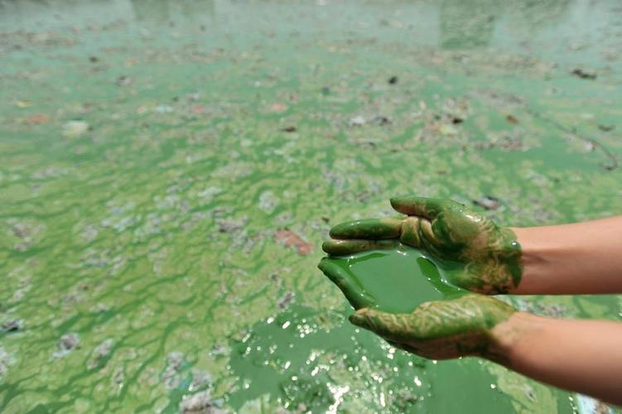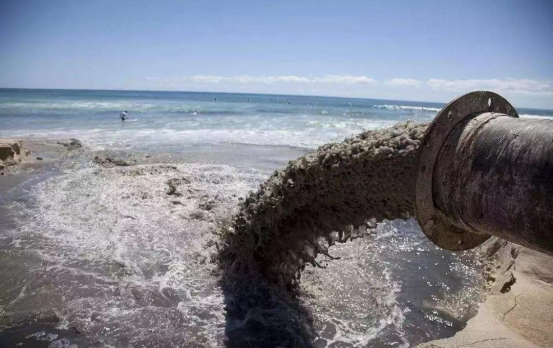
Eutrophication of water bodies
Eutrophication of water bodies is a type of organic pollution that deteriorates water quality due to excessive nitrogen, phosphorus and other nutrients entering natural water bodies. Generally, about half of the nitrogen fertilizer applied to farmland is not utilized and flows into groundwater or ponds and lakes. A large amount of domestic sewage also often causes the water body to become overfertilized. Excessive nutrients promote the proliferation of phytoplankton, such as blue-green algae, diatoms, and aquatic plants in the water. Sometimes, the entire surface of the water is covered by algae, forming "water splashes". After the algae die, they deposit at the bottom of the water, and microorganisms decompose and consume a large amount of dissolved oxygen, leading to the mass death of fish due to hypoxia. Eutrophication of water bodies will accelerate the decline of lakes, leading them to develop towards swampiness.
Pollution of toxic substances
Toxic substances include two categories: one refers to heavy metals such as mercury, cadmium, aluminum, copper, lead, zinc, etc; Another type is chemical products such as organochlorine, organophosphorus, polychlorinated biphenyls, aromatic amino compounds, etc. Many enzymes rely on the complexation of proteins and metal ions to exert their effects, thus requiring certain trace elements (such as manganese, boron, zinc, copper, molybdenum, cobalt, etc.). However, non essential metals such as mercury and lead, and even excessive amounts of essential trace elements such as zinc and copper, can disrupt the balance between these proteins and metal ions, thereby weakening or terminating the activity of certain proteins. For example, mercury and lead have a strong tendency to bind to certain enzymes in the central nervous system, which can easily cause neurological disorders such as madness, mental stagnation, coma, and even death. In addition, mercury binds specifically to a protein that interacts with genetic material DNA, which is why mercury poisoning often causes severe congenital defects.

Many industrial production processes emit waste heat into the environment, which can raise the environmental temperature to an unsatisfactory or biologically unsuitable level, known as thermal pollution. For example, two-thirds of the heat released from fuel in power plants is dissipated into the surrounding environment during the process of steam re condensation. The most commonly used method for dissipating waste heat is to use a pump to draw water from the rivers and lakes, pour it onto a cooling pipe, and then return the heated water back to the natural water body. The water passing through the cooling system is already hot enough to kill most living organisms. And experiments have shown that small changes in water temperature have profound impacts on ecosystems.



